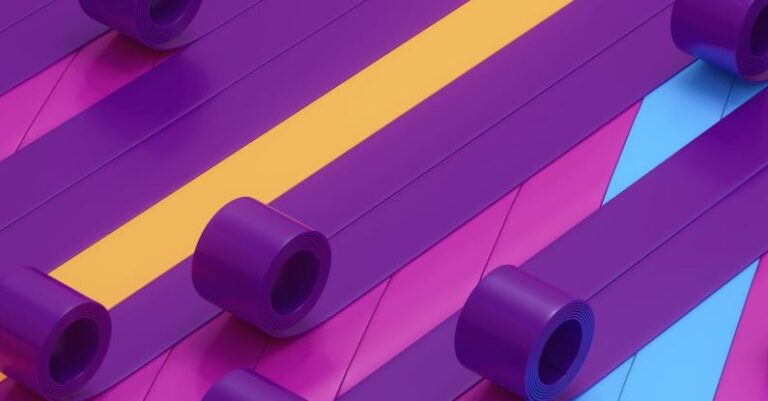How Can Animation Enhance User Interfaces

In the ever-evolving landscape of user interfaces, designers are constantly seeking innovative ways to captivate users and enhance their overall experience. Animation has emerged as a powerful tool in achieving this goal, offering a dynamic and engaging way to communicate information, guide users through interfaces, and create memorable interactions. By leveraging animation effectively, designers can elevate the usability and visual appeal of interfaces while also improving user engagement and retention.
Enhancing User Engagement
Animation has the ability to grab users’ attention and draw them into the interface, making it a valuable tool for enhancing user engagement. By incorporating subtle animations such as micro-interactions, loading animations, or hover effects, designers can create a more interactive and immersive experience for users. These animations not only make interfaces more visually appealing but also provide feedback and guidance, helping users navigate the interface with ease.
One of the key benefits of animation in user interfaces is its ability to communicate information in a more intuitive and engaging way. For example, animated transitions between different states or screens can help users understand the relationships between elements and actions within the interface. By animating these transitions, designers can effectively communicate changes in the interface hierarchy, making it easier for users to follow the flow of information and interactions.
Guiding Users Through Interfaces
Animation can also play a crucial role in guiding users through interfaces by providing visual cues and feedback. For instance, animated tooltips or hints can help users understand the functionality of different elements and features within the interface. By animating these informational prompts, designers can draw users’ attention to important details and encourage them to explore further.
Furthermore, animations can be used to indicate the status of actions or processes within the interface, such as form submissions or loading times. By incorporating loading animations or progress bars, designers can keep users informed about the status of their actions and reduce frustration caused by uncertainty. These animations not only provide visual feedback but also create a sense of anticipation and progress, enhancing the overall user experience.
Improving Usability and Visual Appeal
Animation can significantly improve the usability of interfaces by making interactions more intuitive and responsive. For example, animated gestures or transitions can help users understand how to interact with elements such as buttons, sliders, or menus. By adding animation to these interactions, designers can provide visual feedback that reinforces users’ actions, making the interface more user-friendly and engaging.
Moreover, animation can enhance the visual appeal of interfaces by adding depth, dimension, and personality to the design. By incorporating animations such as parallax scrolling, particle effects, or interactive illustrations, designers can create visually stunning interfaces that capture users’ attention and leave a lasting impression. These animations not only make interfaces more visually appealing but also create a sense of delight and surprise, making the user experience more enjoyable and memorable.
Incorporating animation into user interfaces can have a profound impact on user engagement, usability, and visual appeal. By leveraging animation effectively, designers can create interfaces that are not only functional and intuitive but also engaging and visually striking. Animation offers a unique opportunity to communicate information, guide users through interfaces, and enhance the overall user experience, making it a valuable tool for modern interface design.





